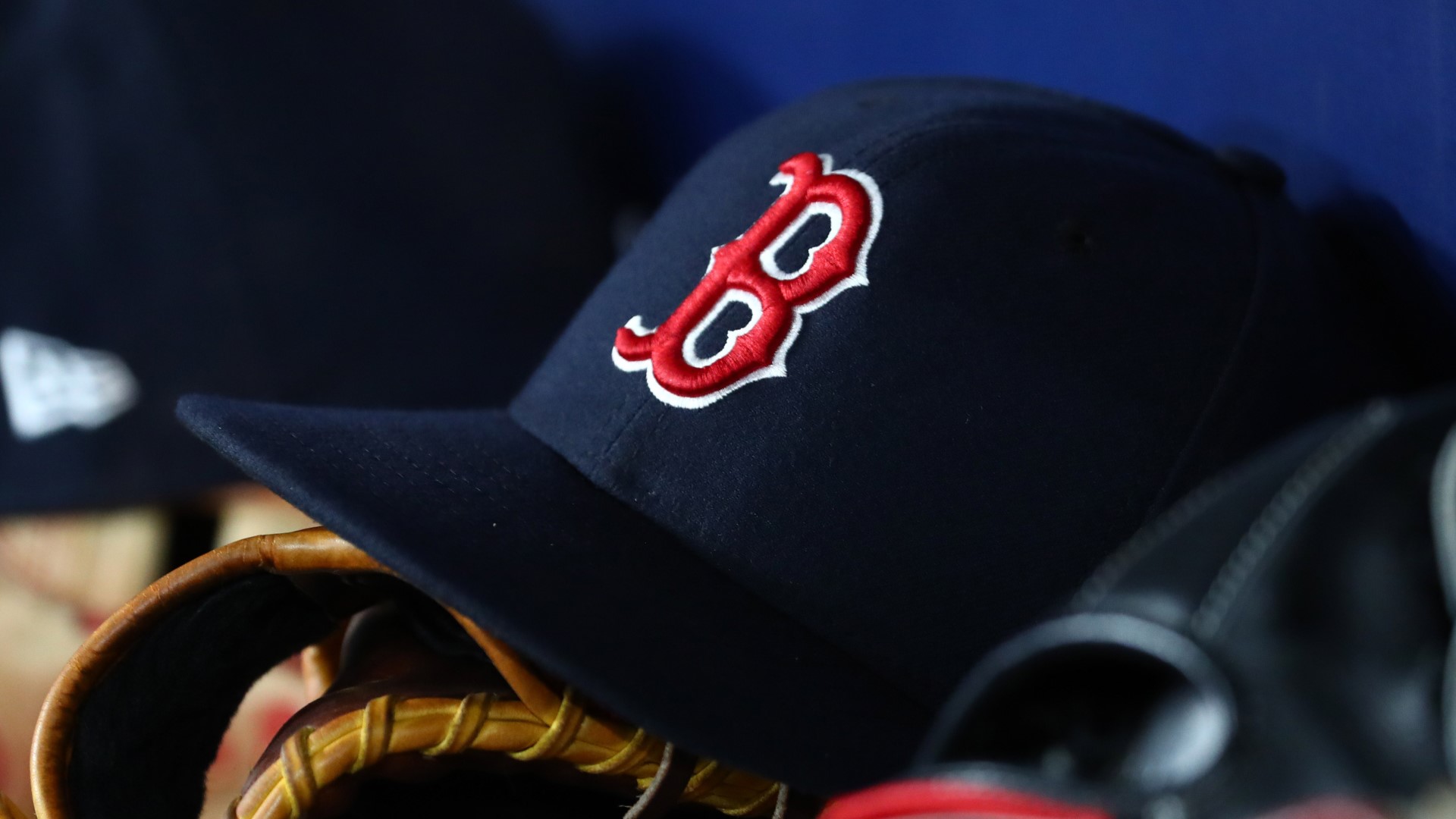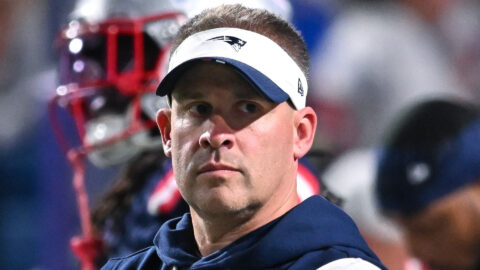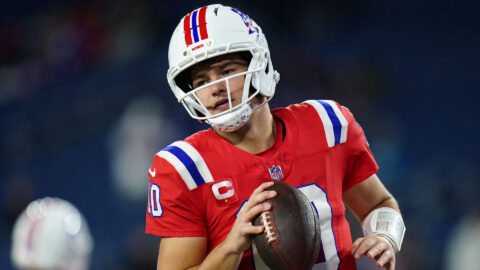Playing running back in the NFL isn't like playing baseball. You don't work your way through 17 seasons, with a few statistical great years here and there before a late-career designated hitter stint.
In the NFL, and especially as a running back, you are expected to carry the load — with both superior strength and fast feet — year after year until you have nothing left to give. At 32, when some baseball players can still be scooping up long-term deals and some basketball players are still cranking it, most NFL running backs are done.
It's no different for LaDainian Tomlinson, who will re-sign with the San Diego Chargers for a day before retiring for good on Monday. But Tomlinson is different than most of the NFL running backs who have ended their careers in their early 30s. Yes, Tomlinson would like to play more, but when he did play, he was incredible.
Tomlinson did what classifies a great NFL running back: He put up untouchable numbers over a few seasons while posting strong stats every year he played.
But Tomlinson also took it to another level. He didn't just rush for huge yardage totals, or get half a dozen yards with every carry. With his pass-catching skills and ability to find the end zone, Tomlinson made the most of the running back role and posted accomplishments at that position that may not be seen again.
Consider Tomlinson's career totals. Over 11 seasons, he rushed for 13,684 yards, averaging 4.3 yards a carry and 80.5 yards a game. In his first eight seasons with the Chargers — the real sample of his contribution — he rushed for more than 1,100 yards every year. He had 145 rushing touchdowns altogether and never needed to average more than 23.2 carries a game to hit those marks.
Tomlinson's game included more than the rush, of course. He set the new benchmark for running backs who are a pivotal part of the passing game. Over his career, Tomlinson reeled in 4,772 yards' worth of passes, at 7.6 yards a catch. That rivals regular receivers' numbers. Tomlinson scored 17 touchdowns on receptions.
That's a lifetime of Hall of Fame stats already, but consider this: In a career where Tomlinson was a threat from start to finish, he also had individual seasons that will go down as some of the best in NFL history. In 2006, Tomlinson rushed for 1,815 yards (at 5.2 yards a carry), scored 28 rushing touchdowns, caught 56 passes for 508 yards and averaged 9.1 yards a catch.
That 2006 season earned him the MVP award, the Walter Payton Man of the Year award, one of his five Pro Bowl berths and one of his four votes as first-team All-Pro.
Tomlinson retires as the fifth leading rusher all-time, behind names that need no explanation: Curtis Martin, Barry Sanders, Walter Payton and Emmitt Smith. And those receiving yards? He's 55th all-time, despite being a running back. Only Marshall Faulk has more receptions among backs. Tomlinson's 162 total touchdowns are third all-time, behind Jerry Rice and Smith.
During the 2006 season, when Tomlinson was so dominant, it appeared as if the running back position would change forever. He made it look easy every time he scooted into the end zone or vaulted over the pile. But this was no goal-line back. Tomlinson was equally adept at grinding the pile through the middle, ripping off huge rushes to the side or, of course, all the receptions that made him a receiving threat from the backfield.
Tomlinson looked like he was going to turn the game on its ear and open the floodgates for similar numbers from running backs who followed, but others haven't been able to replicate his feats. That only shows how great he really was in his prime.
Tomlinson wanted a few more years with the Chargers, and even his final, 730-yard season with San Diego was seen as a disappointment. He argued that he could have kept up the high production if given the carries, even as injuries plagued him and kept him from pivotal playoff games.
Maybe. But Tomlinson having to swallow a few lackluster years at the end of his career also allowed him to carve out a reputation as a good teammate and a veteran leader, a role he filled well with the Jets. After the lingering bad tastes from his departure from San Diego, where there were questions not only of who the pre-eminent running back was but also who was the big man on the team (with Philip Rivers settled in at quarterback), Tomlinson may have gained from putting in solid teamwork on the tail end of his career.
Even with the decreased production, though, the numbers from Tomlinson's solid years remain. From 2002 to 2007 (and even as a limited rookie in 2001), he accomplished what few in the history of the game have done. And Tomlinson was never watered down — he gave full, unvarnished, complete performances in his years of dominance, setting the mark for those coming behind. He made the most out of the usual short NFL running back career rather than letting the small window define his career achievements.
Tomlinson has some knocks against him heading into retirement, the biggest of which is his inability to get to a championship game, much less win the Super Bowl. (But really, can you fault him for it? He plays for the Chargers, and one of the unwritten rules of the NFL is that the Chargers — especially when led by Marty Schottenheimer or Norv Turner — are not allowed, by the laws of the universe, past the AFC title game.)
But if you just look at the numbers, Tomlinson is a shoo-in. His retirement is less a goodbye to the game than it is a five-year warning bell for his Hall of Fame induction.



